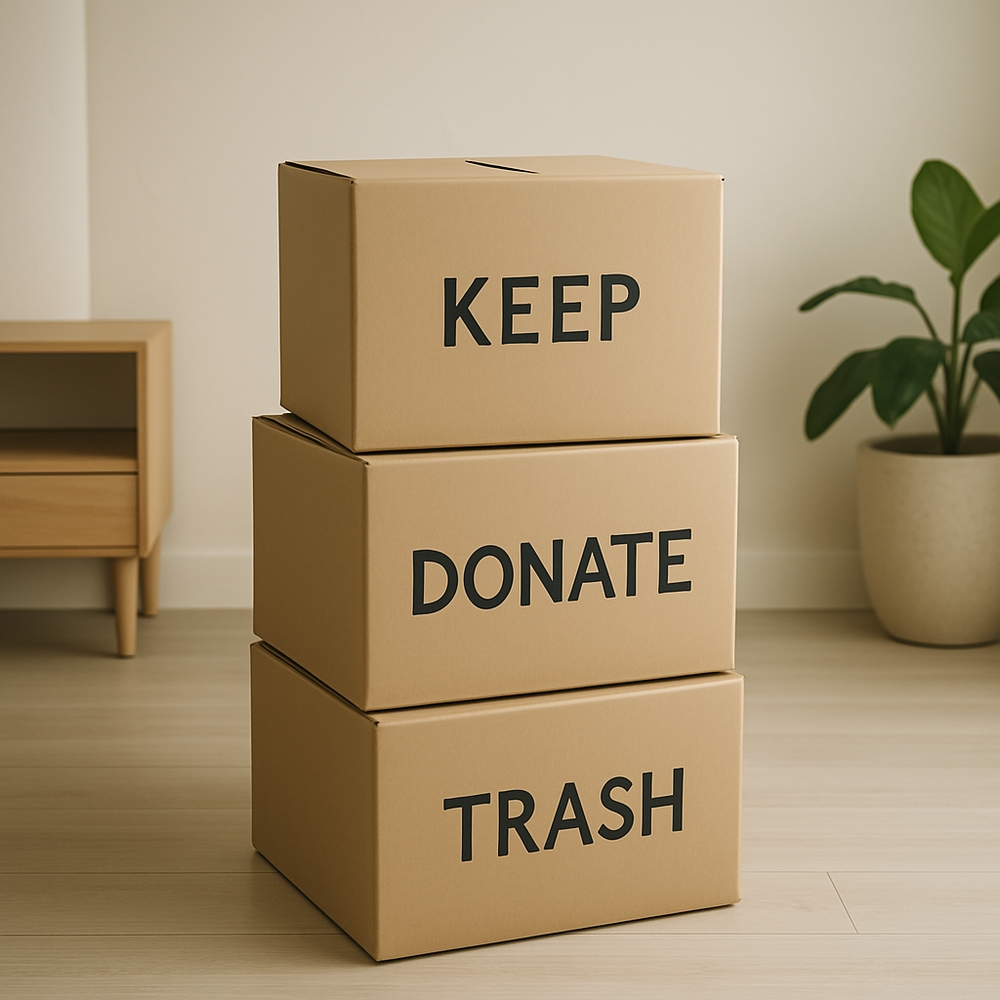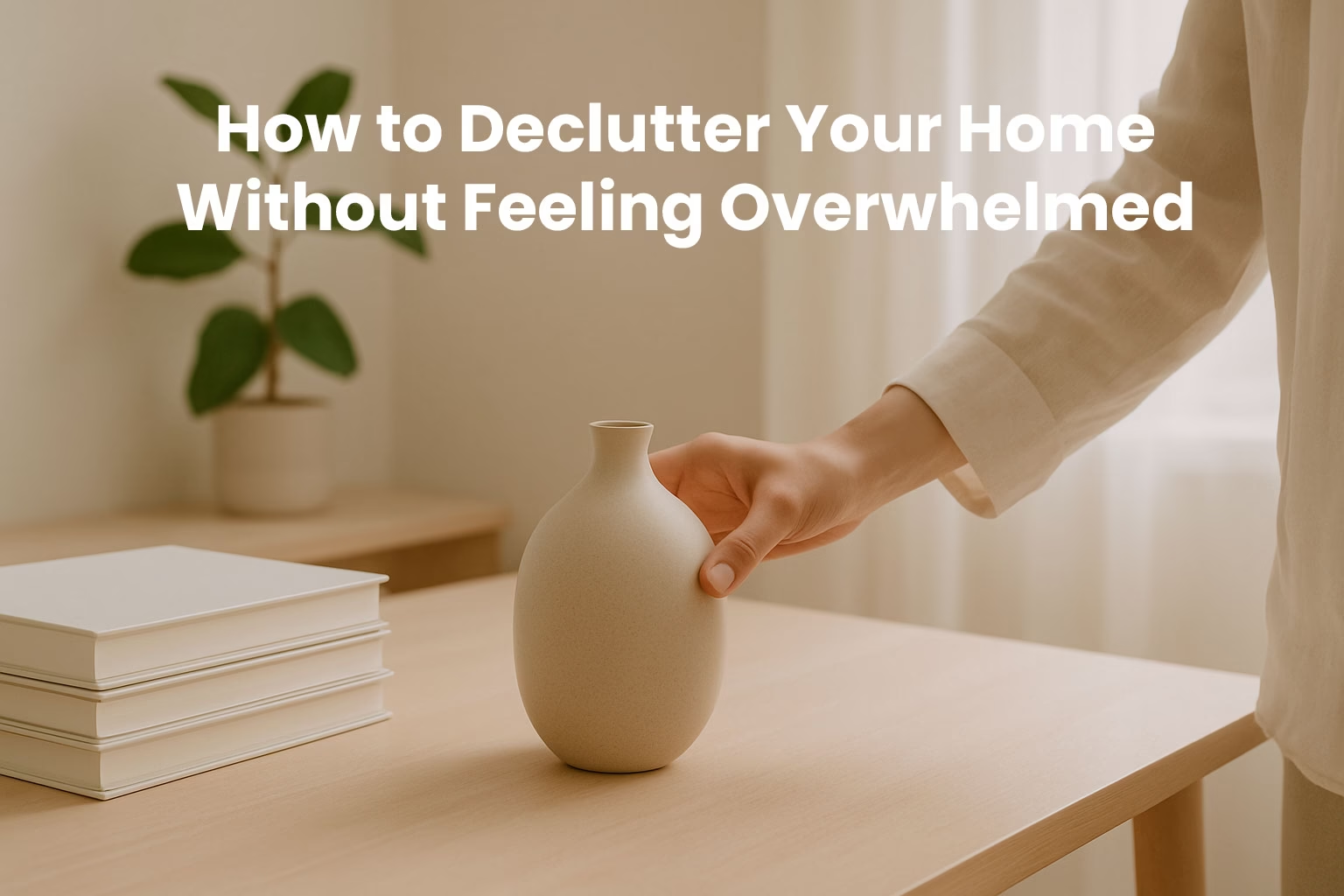Decluttering your home sounds simple—but the moment you start, it can feel like an emotional, mental, and even physical challenge. Where do you begin? What should you keep? And how do you avoid giving up halfway?
Minimalism offers a mindset that transforms decluttering from a stressful task into a liberating, intentional experience. This guide will walk you through how to declutter your home—without feeling overwhelmed.
Why Decluttering Feels So Hard
First, it’s important to understand why decluttering is so emotionally charged. Common reasons include:
-
Decision fatigue: You’re forced to choose item by item what stays or goes
-
Guilt: For spending money, receiving gifts you don’t use, or wasting resources
-
Sentimentality: Objects connected to people, memories, or identity
-
Perfectionism: Feeling like you need to do it all at once or perfectly
Recognizing these emotional blocks is key to moving past them with compassion.
Step 1: Start With a Small, Low-Pressure Zone
Don’t begin with the attic or your most sentimental items. Start small—like:
-
A bathroom drawer
-
A kitchen shelf
-
One bag of old clothes
The goal is momentum, not perfection. Let yourself succeed early.
Step 2: Set a Clear Time Limit
Avoid burnout by decluttering in short, focused sessions. Try:
-
15 minutes a day
-
One drawer per morning
-
Two boxes per weekend
Use a timer. When it rings, stop. This builds confidence instead of fatigue.
Step 3: Use the “4-Box Method”
Label four boxes or bags with:
-
Keep – Useful and meaningful
-
Donate – Still good, but not for you
-
Trash/Recycle – Broken or unusable
-
Unsure – For difficult decisions (review later)
This system reduces indecision and helps you move faster.
Step 4: Ask Simple, Honest Questions
Instead of debating for 10 minutes over every item, ask:
-
Do I use this regularly?
-
Would I buy this again today?
-
Is this item adding value or stress?
If it no longer serves you, let it go without guilt.

Step 5: Celebrate Small Wins
Decluttering is emotional work. After each session:
-
Take a deep breath
-
Enjoy your cleaner space
-
Acknowledge your progress
A few items today = a lighter home tomorrow.
Step 6: Don’t Organize—Minimize First
A common mistake is trying to reorganize clutter instead of removing it. Minimalism teaches:
You don’t need better storage. You need fewer things.
Only once you’ve let go of what’s unnecessary should you organize what’s left.
Step 7: Repeat the Process Room by Room
As your confidence builds, tackle larger spaces:
-
Clothes closets
-
Kitchen cabinets
-
Garage or storage rooms
-
Digital clutter (emails, photos, files)
Each cleared space creates more mental calm and motivation.
Decluttering Is a Gift to Your Future Self
Living in a decluttered space means:
-
Less stress
-
More time
-
Easier cleaning
-
More focus
-
Greater appreciation for what you have
Minimalism isn’t about having nothing—it’s about removing the unnecessary so what truly matters can shine.
Let go, slowly. Breathe. Trust the process. Your peace is worth the effort.

